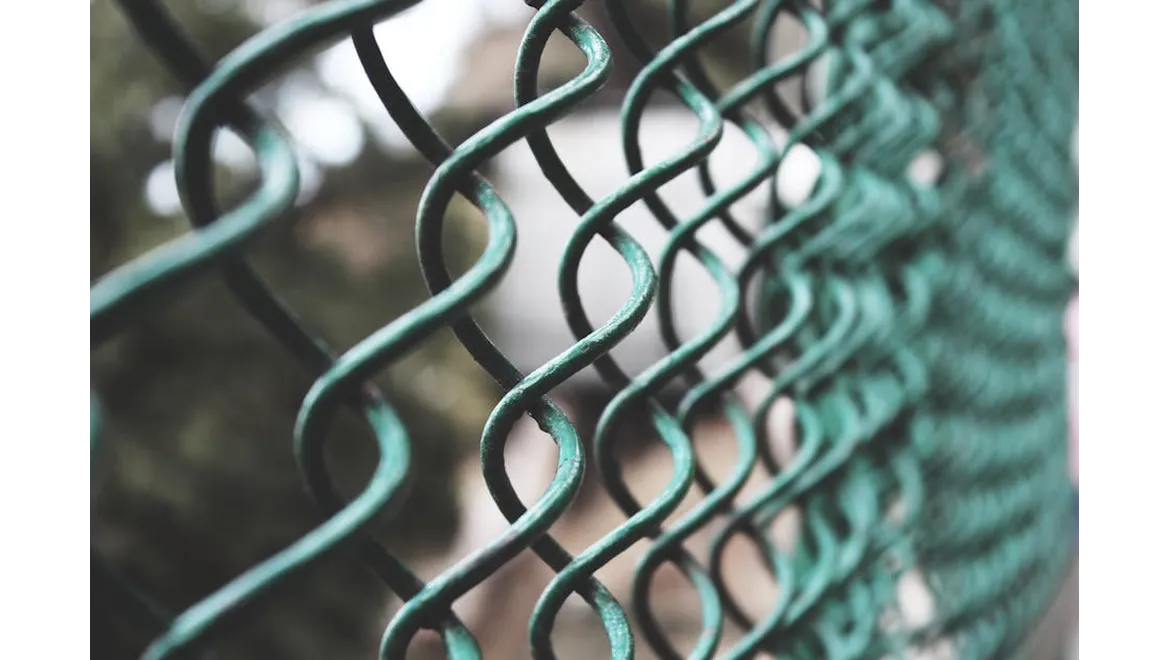Hello fellow garden enthusiasts! I’m thrilled to share my recent deep dive into the world of fencing – a key element of hard landscaping that often gets overlooked, but truly transforms a UK garden. As a writer for articles about enjoying our gardens, from planting the perfect rose to the joy of an orangery, I’ve learned that a well-considered fence isn’t just a barrier; it’s an opportunity to enhance privacy, security, and the overall aesthetic.
My mission began with a simple question: How can we use fencing to craft a truly personal garden oasis? The answer, as I discovered, lies in understanding the options and tailoring them to your specific needs and desires.
Material Matters: Wood, Metal, and Composite
The first hurdle was material selection. Wood, a classic choice, offers natural warmth and blends seamlessly with most garden styles. However, it demands regular maintenance to combat rot and insect damage. Pressure-treated timber extends its lifespan, but it’s still an ongoing commitment.
Metal fencing, on the other hand, provides a more contemporary, often lower-maintenance option. Wrought iron exudes elegance, while powder-coated aluminium is durable and rust-resistant. The trade-off? Metal can feel colder than wood and might not provide as much visual screening.
Then there’s composite fencing, a relative newcomer. This blend of wood fibres and recycled plastics offers the best of both worlds: the appearance of wood with the durability and low maintenance of plastic. While it’s often more expensive upfront, the long-term cost savings and ease of care make it a compelling choice.
Style and Substance: Panel, Picket, and Trellis
Next came the style selection. Panel fencing, with its solid or semi-solid construction, provides excellent privacy and wind protection. But be mindful of sunlight! Solid panels can cast long shadows, impacting plant growth. Lap panel fencing, with its overlapping boards, is a popular and cost-effective option.
Picket fences, with their charmingly spaced vertical boards, are ideal for creating a decorative boundary without completely obscuring the view. They’re perfect for cottage gardens or areas where you want to define a space without feeling enclosed.
Trellis, a latticework structure, offers a lighter, more versatile solution. It’s excellent for supporting climbing plants, adding vertical interest, and creating partial screening. I particularly love using trellis to soften the hard lines of existing walls or fences. Consider painting it a vibrant colour like a deep blue to add even more interest.
Height and Harmony: Balancing Privacy and Light
Height is a crucial consideration. Generally, fences taller than 2 metres require planning permission in the UK. A taller fence offers greater privacy, but can also block sunlight and create a more enclosed feeling. Before you rush to build a sky-high barrier, consider your needs and the impact on your garden’s ecosystem. I found it useful to place some temporary markers in the garden to visualise the effect of different fence heights.
Equally important is how the fence complements your existing garden features, plants, and the architectural style of your house. A rustic wooden fence might look stunning in a cottage garden but out of place alongside a sleek, modern home. Consider the colours and textures of your surroundings and choose a fence that harmonises with them.
The Legal Landscape: Boundary Ownership and Restrictions
Before you even think about digging a post hole, it’s essential to understand the legal aspects of fencing. Boundary ownership can be a complex issue. Ideally, consult your property deeds and have a friendly chat with your neighbours to clarify who owns which fence. If you’re planning to build a new fence, it’s always best to inform your neighbours of your intentions. Height restrictions vary depending on your location, so always check with your local planning authority before proceeding.
My journey through the world of fencing has highlighted the importance of careful planning and consideration. It’s not simply about erecting a barrier; it’s about crafting a boundary that enhances your garden’s beauty, provides privacy, and complements your home. By understanding the materials, styles, heights, and legal aspects, you can create a fence that truly defines and elevates your outdoor space.
Ultimately, what I have come to learn is that it is more than just a barrier, it is about crafting a garden zone that welcomes you in and enhances your enjoyment of being there.


